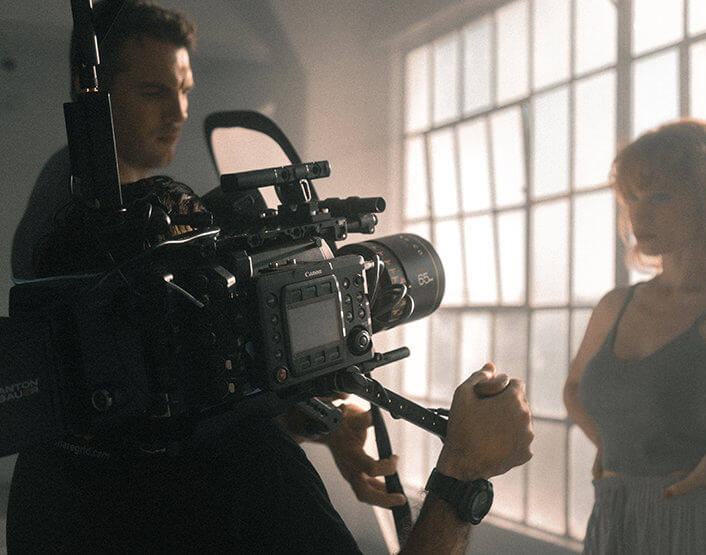One of the failures of businessmen and the Lakeland video production company is that they fail to understand the process that each of them undergo. The businessman has to compute for the budget, decide if it’s the right investment, hire the right people, and find funding for the video production project.
While a video producer may have an idea about all of these, the lack of understanding of how the video production works may truly affect the relationship between the client and the producer.
Plan ahead
Both of you—the client and the producer—should be able to plan ahead. You both have inspirations from the start of the project, but inspirations just don’t cut it. You have to have a plan that will actually work, that is plausible, that would be possible for you to complete in the allotted time. Ask yourself these questions: what is my goal for this production? Is it for a commercial? Is it going to be a film? Where will it air?
Establish your needs
After you have outlined your production, it’s time to determine what you need for the filming—a camera, a tripod, a venue, an actor, lights, mics, etc. All of these will play a role on the success of your video production. If the client is providing all of these, then well and good. But as a video producer, these are your burden to provide.
Deciding on the approach
Is your production going to be based on dialogue on in action? Do you need your actor to sit behind a desk or do you need him/her to do grand gestures? You need to enforce the audio and visual impact of your production. Every element is important, so it’s always advisable to mix up the approach—using a strong dialogue with lots of action, drama, or comedy.
Finalize production notes
When it comes to producing a video, you don’t only need the right equipment, you need the right actor and the right script, too. Start finalizing the dialogues and the production path for the content. Where will the camera be facing? On what angle should the actor be filmed? It doesn’t need to be overly complex. A simple and basic production outline will do.
Bring them all together
Before the actual filming, make sure you have checked every equipment, every battery, every production note. Check if your actors and voice-overs are available for the time scheduled. Remind them about the shoot. Print all the needed documents—script, production notes, contracts, etc. Once you arrive for the actual filming day, take note of everything you did and enact the production flow.
Revisit your inspiration
After everything is done, review your inspirations. Did you come up with what you intend to do? Do you think this is what the client has in mind? A Lakeland video production needs to target a specific audience and market.







0 Comments